#5 Rhododendron cat Grandiflorum/ Grandiflora Catawba - No Warranty
#5 Rhododendron cat Grandiflorum/ Grandiflora Catawba - No Warranty
SCIENTIFIC NAME: Rhododendron catawbiense 'Grandiflorum'
COMMON NAME: Grandiflorum Catawba rhododendron
GARDEN SIZE: 5 to 6 feet tall x 5 to 6 feet wide
GROWTH RATE: Moderate
USDA ZONE: 4 to 8
EXPOSURE: Full to Partial Shade
WATER & SOIL: Keep soil moist but well-drained (no wet feet); prefers humus-rich, acidic soil. Avoid heavy clay.
HABIT (FORM): Large, rounded to spreading, multi-stemmed
FOLIAGE: Evergreen; alternate, elliptic to oblong, glossy dark green leaves (3-6 inches long)
FLOWERS: Showy lavender-pink, funnel-shaped flowers with green to yellow-brown throat markings; bloom mid to late spring in terminal clusters of 15-20 flowers
PLANT ORIGIN: Eastern U.S. (Appalachian Mountains, Maryland to Kentucky south to Alabama and Georgia)
WILDLIFE SUPPORT: May provide some nesting sites and shelter for birds and small mammals, but does not serve as much of a host for local insects and wildlife. May provide food for insects in the spring.
FERTILIZING: Apply a fertilizer for acid-loving plants in the early spring.
PRUNING: Remove spent flower clusters immediately after the blooms finish. Pruning is not usually needed or recommended, but may be done right after blooming is finished in late spring or early summer.
TOXICITY FLAGS: Toxic to dogs, cats, and horses.
USES: Hedge, Foundation planting, Specimen






